The realm of augmented reality (AR) has seen exponential growth in recent years, particularly in the domain of remote collaboration. As industries increasingly adopt AR-powered solutions for real-time assistance, training, and troubleshooting, the challenge of latency has emerged as a critical bottleneck. Addressing this issue is paramount to ensuring seamless interactions, especially in fields where split-second decisions matter, such as healthcare, manufacturing, and emergency response.
Latency in AR remote collaboration systems refers to the delay between a user's action and the corresponding response in the AR environment. Even a few milliseconds of lag can disrupt the natural flow of communication, leading to frustration and reduced productivity. The problem becomes more pronounced when multiple users are involved across geographically dispersed locations, as data must traverse vast networks before reaching its destination.
One of the primary contributors to latency is network congestion. Traditional internet infrastructure often struggles to handle the massive data loads required for high-fidelity AR experiences. To mitigate this, companies are exploring edge computing solutions. By processing data closer to the source—near the user’s device—rather than relying on distant cloud servers, edge computing significantly reduces transmission delays. This approach not only minimizes latency but also enhances data security, a crucial consideration for enterprises handling sensitive information.
Another factor exacerbating latency is the computational load on AR devices themselves. Many AR headsets and mobile devices lack the processing power to render complex 3D models and real-time video feeds without introducing delays. Hardware advancements, such as dedicated AR processors and optimized GPUs, are beginning to alleviate this issue. However, software optimization plays an equally vital role. Developers are now leveraging machine learning algorithms to predict user movements and pre-render likely scenarios, effectively reducing the perceived lag.
The synchronization of multiple data streams also poses a challenge. In a typical AR collaboration session, video, audio, and positional data must be transmitted simultaneously and remain perfectly aligned. Any misalignment can result in disjointed interactions, where verbal instructions don’t match visual cues. To tackle this, engineers are implementing advanced synchronization protocols that prioritize time-sensitive data packets, ensuring cohesive delivery even under less-than-ideal network conditions.
Beyond technical solutions, human-centric design is proving instrumental in masking latency. By incorporating subtle visual and auditory feedback mechanisms, AR systems can create the illusion of responsiveness, even when minor delays persist. For instance, a slight animation or sound effect triggered by user input can bridge the gap while the system processes the actual command. These design tricks, though seemingly minor, enhance user satisfaction and maintain engagement during collaborative sessions.
The future of AR remote collaboration hinges on the convergence of these innovations. As 5G networks become ubiquitous, offering unprecedented bandwidth and speed, the foundation for low-latency AR will strengthen. Coupled with advancements in AI-driven predictive rendering and edge computing, the dream of instantaneous, lifelike remote collaboration is inching closer to reality. For industries reliant on real-time expertise sharing, these developments can’t come soon enough.
While challenges remain, the progress in AR latency solutions underscores a broader trend: the blurring of physical and digital workspaces. As barriers to seamless remote collaboration continue to fall, the potential applications of AR expand exponentially. From surgeons guiding procedures across continents to engineers collaborating on complex machinery repairs, the impact of these advancements will reverberate across countless sectors, reshaping how we work, learn, and solve problems together.

By /Jul 11, 2025
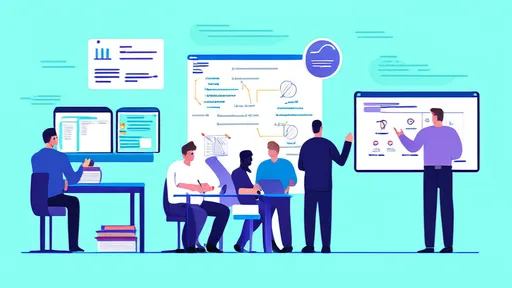
By /Jul 11, 2025
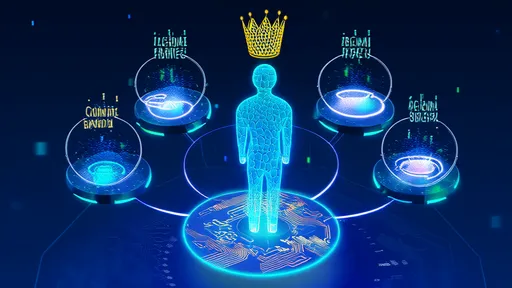
By /Jul 11, 2025
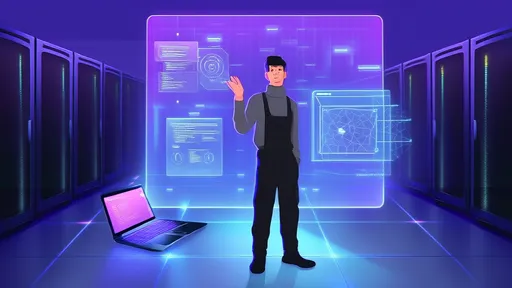
By /Jul 11, 2025

By /Jul 11, 2025

By /Jul 11, 2025

By /Jul 11, 2025

By /Jul 11, 2025

By /Jul 11, 2025
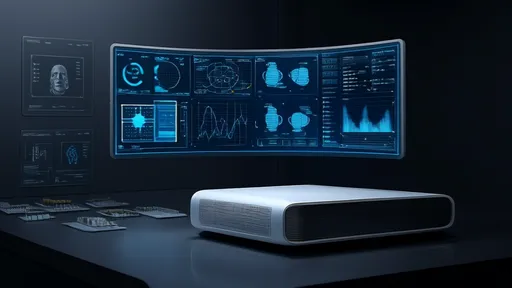
By /Jul 11, 2025

By /Jul 11, 2025

By /Jul 11, 2025

By /Jul 11, 2025

By /Jul 11, 2025
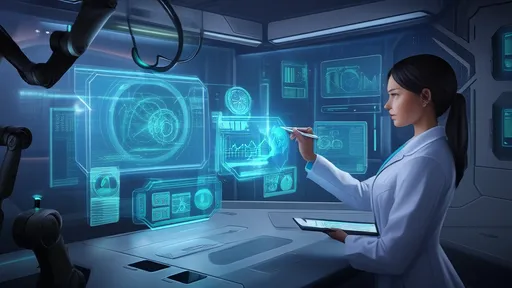
By /Jul 11, 2025
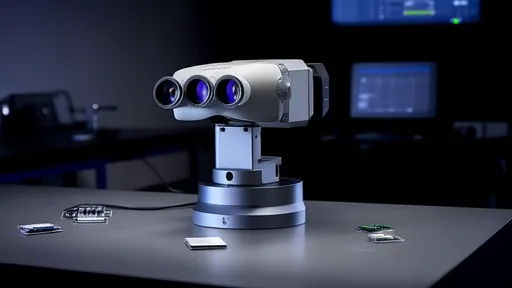
By /Jul 11, 2025
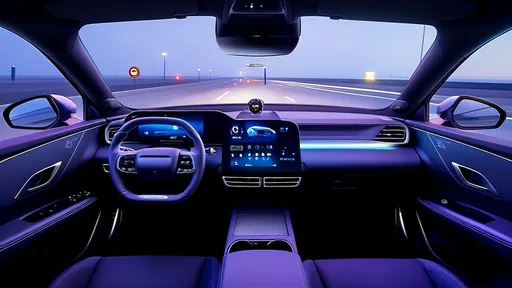
By /Jul 11, 2025

By /Jul 11, 2025